- Kenmore refrigerator water filters
- Whirlpool refrigerator water filters
- Samsung refrigerator water filters
- GE refrigerator water filters
- LG refrigerator water filters
- Frigidaire refrigerator water filters
- KitchenAid refrigerator water filters
- Maytag refrigerator water filters
- Kenmore Elite refrigerator water filters
- Estate refrigerator water filters
- GE Profile refrigerator water filters
- Amana refrigerator water filters
- Bosch refrigerator water filters
- Dacor refrigerator water filters
- Electrolux refrigerator water filters
How to replace the water inlet valve on a direct-drive top-load washer
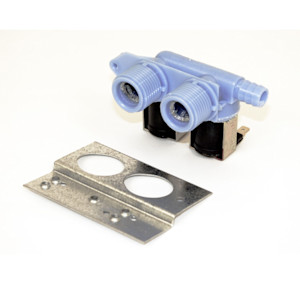
This step-by-step washer repair guide shows how to replace the water inlet valve assembly on a direct-drive top-load washer. If the washer doesn't fill with water or fills with water even when unplugged, replace the water inlet valve with a manufacturer-approved washer part.
You can use this repair procedure to replace the water inlet valve on direct-drive, top-load washers made by Kenmore, Whirlpool, Estate, Maytag, Crosley and Roper.
We also have instructions for replacing the water inlet valve on a front-load washer and replacing the water inlet valve on a VMW top-load washer. If you're not sure if your washer is direct drive or uses VMW technology, check out our washer FAQs to learn the difference.
Quick links
Video
Instructions
Tools required
Phillips screwdriver
Slot screwdriver
Channel lock pliers
Pliers
Towel
Work gloves
Repair difficulty
Time required
15 minutes or less
Repair difficulty
Time required
15 minutes or less
Replacing the water inlet valve on a direct-drive top-load washer
This video explains how to replace the water inlet valve on a direct-drive top-load washer.
Instructions
- 01.
Shut off the electricity and water
Unplug the power cord from the wall outlet.
Turn off the water supply valves.
Wear work gloves to protect your hands.
- 02.
Disconnect the fill hoses
Move the washer so can you remove the fill hoses from the back of the washer.
Mark which fill hose goes to the hot connector and which goes to the cold connector.
Using channel lock pliers, carefully loosen and remove both hoses.
Wipe up water spills with a towel to prevent slipping.
- 03.
Open the control console
Pull the plastic end caps off the sides of the control console.
Remove the screws at the base of the control console.
Pull the control console slightly forward and then swing it over the top of the back panel.
Tip: Some Whirlpool models have screws on the back of the end caps instead of on the front of the control console; remove the screws. Other models have spring clips under the end caps; use a putty knife to release the spring clips.
PHOTO: Remove the plastic endcaps from the control console.

PHOTO: Remove the screws at the base of the control panel console.
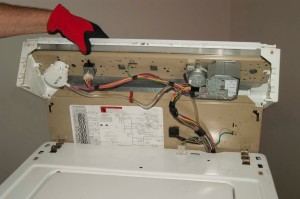
PHOTO: Flip the console up and back.
- 04.
Remove the cabinet
Unplug the wire harness from the lid switch on the top panel.
Release the clips that secure the sides of the washer to the back panel. Using a slot screwdriver, pry the clips forward to release the clips from the slots in the top panel.
Lift the back of the cabinet and slide the cabinet forward to remove it from the washer frame.
Set the cabinet out of the way.

PHOTO: Unplug the lid switch wire harness connector.

PHOTO: Release the cabinet clip.
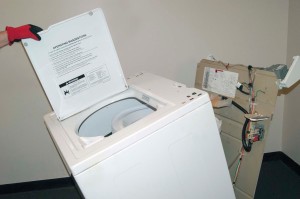
PHOTO: Remove the washer cabinet from the frame.
- 05.
Remove the water inlet valve
Take a picture of the wiring connections or label them so you can reattach them correctly.
Pull straight back on the wire harness connectors to detach them from the solenoid coils.
Remove the water inlet valve mounting screws and release the valve from the back panel.
Using pliers, release the hose clamp from the interior fill hose. Pull the interior fill hose off the water inlet valve.
Remove the valve.
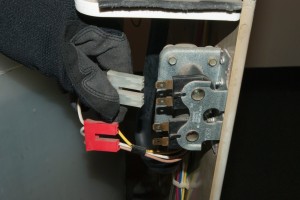
PHOTO: Remove the wire harness connectors from the valve.
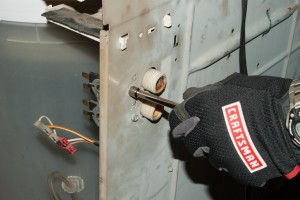
PHOTO: Remove the water inlet valve mounting screws.
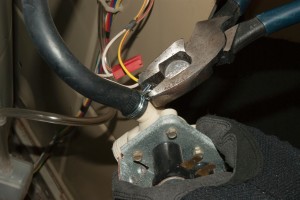
PHOTO: Remove the interior fill hose.
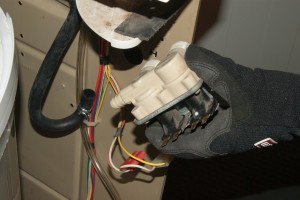
PHOTO: Remove the water inlet valve.
- 06.
Install the new water inlet valve
Install the mounting bracket on the new water inlet valve.
Connect the interior fill hose to the new valve and secure it with the hose clamp.
Attach the water inlet valve to the back panel using the mounting screws.
Connect the wire harness to the new valve.
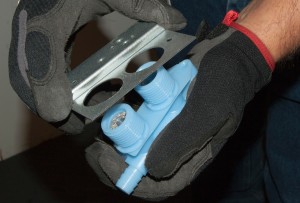
PHOTO: Install the mounting bracket on the new inlet valve.

PHOTO: Install the inlet valve bracket screws.
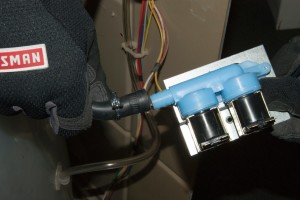
PHOTO: Connect the interior fill hose.
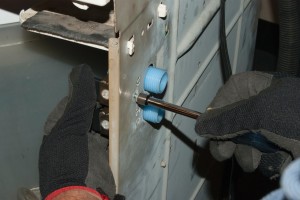
PHOTO: Attach the valve to the back panel.

PHOTO: Connect the wires to the new inlet valve.
- 07.
Reinstall the cabinet
Position the cabinet in front of the washer.
Tilt the back of the cabinet up slightly and keep the front lip of the cabinet on the floor.
Push the base of the cabinet forward with your foot to position the front lip of the cabinet under the front base of the washer.
Lower the back of the cabinet so the holes in the back of the cabinet sides connect with the alignment tabs at the back of the sides of the washer base.
Reinstall the spring clips at the top of the cabinet.
Plug the lid switch wire harness back into the receptacle on the top panel of the washer.
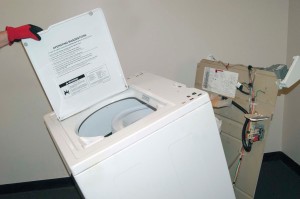
PHOTO: Reinstall the cabinet.
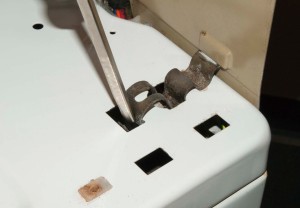
PHOTO: Reinstall the cabinet clips.
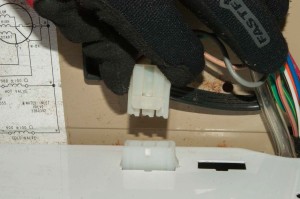
PHOTO: Plug in the lid switch harness.
- 08.
Reinstall the control console
Position the control console on the top panel of the washer.
Reinstall the mounting screws at the base of the control console.
Snap the plastic end caps onto the sides of the control console.
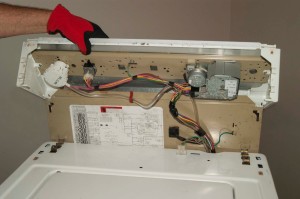
PHOTO: Close the console.
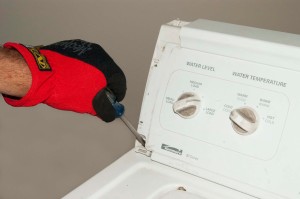
PHOTO: Reinstall the control console screws.

PHOTO: Reinstall the plastic endcaps.
- 09.
Reinstall the fill hoses
Thread the fill hoses onto the matching connections on the back of the washer.
Tighten the connections firmly using channel lock pliers; don't overtighten, which could crack the plastic on the inlet valve.
- 10.
Restore the water and power
Turn on the water supply valves and check for leaks at the wall and the washer.
Tighten the connection if it leaks.
Plug the washer into the electrical outlet.
Return the washer to its original location.
Warning: Undertaking repairs or maintenance to appliances or power equipment can be hazardous. Should you choose to undertake repairs or maintenance, you are assuming the risk of injury to your person or property. In an effort to reduce the risk, use the proper tools and safety equipment noted in the applicable guide and follow all instructions. Do not proceed until you are confident that you understand all of the steps and are capable of completing the repair. Some repairs or maintenance, however, should only be performed by a qualified technician.
Most common symptoms to help you fix your washers
Choose a symptom to see related washer repairs.
Main causes: unbalanced load, loose spanner nut, worn drive block, broken shock absorber or suspension spring, debris in…
Main causes: bad lid switch or door lock, bad timer or electronic control board, wiring failure, bad water inlet valve a…
Main causes: clogged drain hose, house drain clogged, bad drain pump, water-level pressure switch failure, bad control b…
Main causes: leaky water inlet valve, faulty water-level pressure switch, bad electronic control board…
Main causes: water heater failure, bad water temperature switch, faulty control board, bad water valve, faulty water tem…
Main causes: lack of electrical power, wiring failure, bad power cord, electronic control board failure, bad user interf…
Main causes: no water supply, bad water valves, water-level pressure switch failure, control system failure, bad door lo…
Main causes: worn agitator dogs, bad clutch, broken motor coupler, shifter assembly failure, broken door lock, suspensio…
Main causes: broken lid switch or lid lock, bad pressure switch, broken shifter assembly, faulty control system…
Repair guides for top-load washers
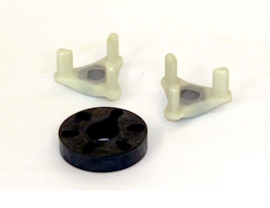
How to replace the motor coupler on a top-load washer
If the washer drains but won’t agitate or spin, the motor coupler might have broken to protect the drive motor from dama…
Repair difficulty
Time required
60 minutes or less
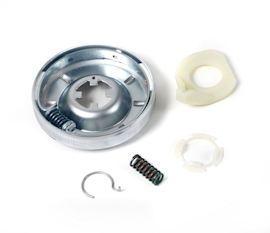
How to replace the clutch assembly in a top-load washer
If the washer spins when the basket is empty but not when the basket is full, the problem could be the clutch assembly. …
Repair difficulty
Time required
60 minutes or less
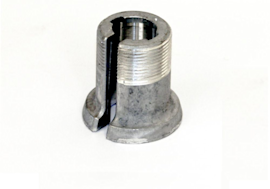
How to replace the drive block on a top-load washer
The drive block rotates the spin basket. If the basket wobbles or rattles in the spin mode because the drive block is wo…
Repair difficulty
Time required
60 minutes or less
Effective articles & videos to help repair your washers
Use the advice and tips in these articles and videos to get the most out of your washer.
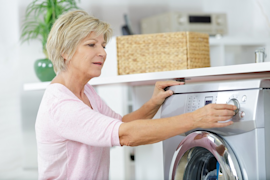
Find tips for using your washing machine efficiently to save energy and help reduce utility bills.…

Learn about all the convenient features on our Sears PartsDirect website that make your parts purchases easier.…
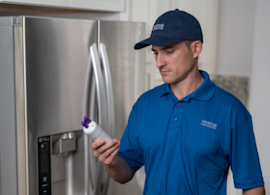
Get answers to frequently asked questions about Sears and Sears PartsDirect.…
